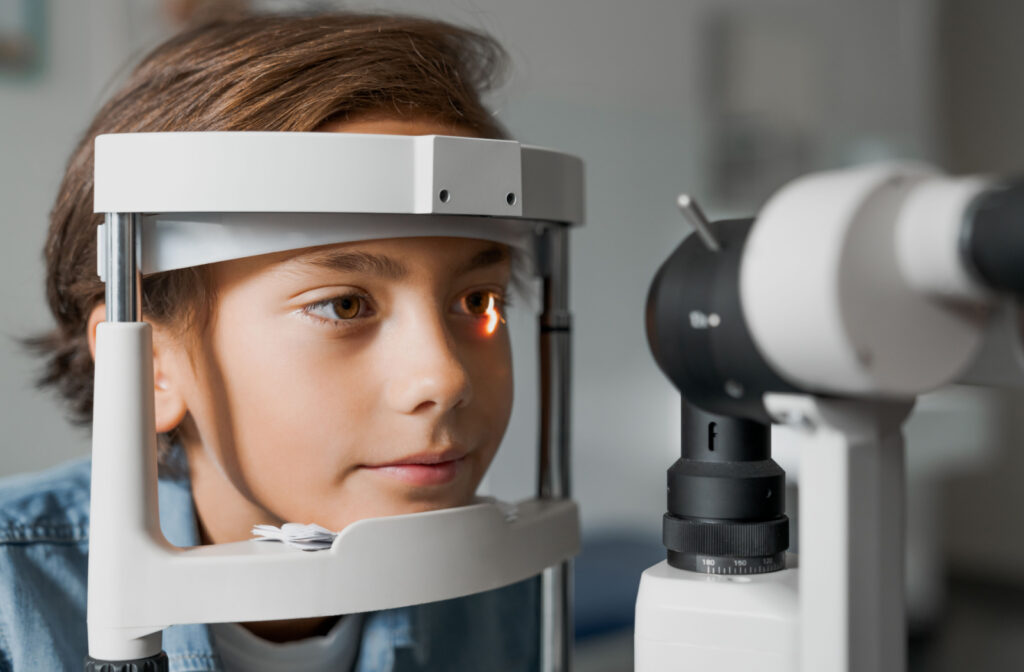All Categories
Featured
Table of Contents

Regular eye examinations are crucial for keeping good vision and discovering potential eye health problems early. However, the frequency of these exams can vary significantly based on an individual's age, way of living, and total health. Understanding the advised timetable for eye tests can help ensure that people of every ages receive proper care and monitoring for their eye wellness.
Infants and Toddlers (0-2 Years)
For babies and young children, eye examinations are crucial for discovering any possible vision problems at an early stage. The American Academy of Ophthalmology suggests that a kid's very first eye examination must occur at around six months of age. Throughout this initial browse through, the eye care specialist will examine the child's aesthetic development and look for any type of obvious eye concerns.Following this very first examination, it is advised that kids have one more eye test at age 3. This go to will certainly focus on analyzing the youngster's total aesthetic feature, consisting of eye positioning and the ability to track things. If no issues are discovered, the next test should be arranged before the youngster begins college, generally around age 5 or 6.
School-Aged Children (6-18 Years)
When kids reach school-age child, regular eye examinations ought to be arranged every one to 2 years. Vision is important for discovering and advancement, and several institutions conduct vision testings. Nevertheless, these testings do not replace a detailed eye examination by an eye care specialist.For children associated with sporting activities or activities calling for significant aesthetic focus, annual eye tests may be a good idea. Furthermore, if a kid exhibits indicators of vision issues-- such as problem reviewing, squinting, or regular frustrations-- a browse through to the eye medical professional should be set up immediately.
Youthful Grownups (19-39 Years)
Youthful grownups typically have fewer vision modifications than older age, however routine eye tests continue to be necessary. The general suggestion is to schedule an eye exam every 2 years during this duration. However, individuals with specific threat aspects-- such as a household background of eye illness, diabetes, or those that put on get in touch with lenses-- should take into consideration yearly eye tests.Additionally, those who invest considerable time on digital tools might experience electronic eye stress. If symptoms such as dry skin, tiredness, or obscured vision happen, it may be a good idea to see an eye treatment expert faster.
Adults (40-64 Years)
As individuals enter center age, the likelihood of establishing vision issues boosts. Grownups aged 40 to 64 should schedule eye exams each to two years. This age may start to experience presbyopia, a natural age-related problem that makes it challenging to focus on close things. Eye tests can also help spot various other usual age-related problems such as glaucoma, cataracts, and macular deterioration.If individuals in this age have threat factors such as hypertension or diabetic issues, they might require more regular assessments to monitor their eye wellness carefully.
Seniors (65 Years and Older)
For senior citizens, routine eye examinations end up being also a lot more critical. The American Optometric Association recommends that individuals matured 65 and older have an eye exam at the very least once a year.Final thought.
Understanding the appropriate timetable for eye tests based on age is crucial for maintaining optimal eye health throughout life. By adhering to these standards and seeking advice from with an eye treatment professional, people can take aggressive actions towards maintaining their vision and overall health.Latest Posts
Experience Coastal Beauty at Deauville Inn
Published Apr 14, 25
1 min read
Experience Coastal Beauty at Deauville Inn
Published Apr 03, 25
1 min read
Discover Leisure at the Claridge Indoor Pool
Published Feb 12, 25
1 min read